Today, we are going to the Golan Heights--another highly contested area!
We start off the day by taking an off-road Jeep trip through the Golan Heights. On our way to the Jeeps, we pass the most beautiful rolling hills ever. Again, the rolling hills put me in awe. Valleys upon valleys of green upon green. I can't stop thinking of how beautiful this land is, and Roni proceeds to tell us that this land is full of active land mines. Those signs that I overlooked because I was too busy gazing beyond the fence and into the green? Land mines. Step on it, and you die. Luckily, there were signs marking every land mine on the east side of the Jordan River; these were Israeli land mines that were put in during the 1960s to strengthen the border. On the west side of the Jordan River are unmarked land mines--Syrian ones that were not removed when Israel controversially seized this land (the Golan Heights) from the Syrians.
Roni then tells us a story about valuing all forms of life, even animal life. Of course, any human who can read English, Arabic, or Hebrew can tell that the yellow and black signs (with a black triangle and exclamation mark in said triangle) on the fields say "Danger! Land mines! Keep out!" but animals cannot.
Another quick linguistics tangent! In Ling 100 today, we learned about the design features of language. What makes a language a language? Beyond semanticity, pragmatic function, and interchangeability (which I will talk more about one day, I promise, but that isn't the point of this tangent and if I talk about that, I'll go onto another tangent from this tangent), language has arbitrariness. This means that the symbols that represent some meaning don't actually have any concrete or inherent connection the meaning.
Take, for example, the word "dog." If you think about it, it's quite an arbitrary word for what it represents. It's not like the letter d inherently looks like a dog, or that the letter o means a domestic American pet, or that the letter g looks like the sound a dog makes. It's just a word that is arbitrarily assigned to a concept or object. If languages weren't arbitrary, all languages would eventually come up with the same symbols and sounds for every word…. Wouldn't they? If the way word sounds are assigned to objects was based on a direct, inherent correlation between the two, everyone would have the same word for every object.
Now, the opposite of arbitrariness is iconicity. Iconicity, according to the Oxford Research Encyclopedia of Linguistics, is "a relationship of resemblance or similarity between the two aspects of a sign: its form and its meaning. An iconic sign is one whose form resembles its meaning in some way." Basically, some forms of language DO actually show what they mean. An example off the top of my head is how some Chinese characters came to be. For example, the word for "mountain" is 山 (or "shān" in pinyin). Look at the shape of the character. Doesn't it look like a mountain? That's because the symbol of the character was originally made because it looked like a mountain. Here is a series of characters, all of the word "mountain," and how it evolved to what it is over time:
Notice how the meaning of the word, "mountain," corresponds to the way it appears. That's one form of iconicity. Another form of iconicity in language are things like speaking to infants in a "cutesy voice" because that's the way infants are mostly globally perceived. Yet another form of it is found in sign languages all over the world; there is some sort of universality in the signs correlating to what they mean.
Okay, my tangent is over. The last sentence before the tangent was "Of course, any human who can read English, Arabic, or Hebrew can tell that the yellow and black signs (with a black triangle and exclamation mark in said triangle) on the fields say 'Danger! Land mines! Keep out!' but animals cannot." The point of my tangent was to say that any human, even without speaking English, Arabic, or Hebrew can read the universality and iconicity of part of the sign: the yellow and black color, as well as the triangle and exclamation mark. Those are almost always universally accepted as a warning sign, and thus, these signs are an example of iconicity in a form of communication and human language.
I say "human language" because cows can't read that this sign communicates or warns about something dangerous, and the cows that live in these fields are not invincible--especially not against line mines that are triggered by their weight. A cow, minding its own business and eating away at the grass, could blow up at any given moment if it stepped in the wrong spot.
So why are there still cows here, if they're constantly in danger of being blown up? In part, they serve as a disguise or decoy; from an aerial perspective, a piece of land seems harmless to any planes overhead if they can see that there are cows grazing on it.
Cows blowing up creates a domino effect. Birds of prey will eat at the carcasses and ingest harmful substances that hinder their ability to live and reproduce; assuming the infected birds of prey even lay eggs, their offspring may not survive to reproduce again. Anyone who has taken biology knows that the evolutionary purpose of a living thing is to survive long enough to reproduce. Everything an organism does is dictated by its determination to pass on its genetic information to the next generation. However, environmental or manmade factors can affect the ability of organisms to reproduce; this often has an adverse effect on the stability of the species.
So, when a bird of prey unknowingly eats harmful toxins--as a chain-reaction result of manmade mines--it has a lower chance of successfully reproducing. The bird is just trying to find food, which is an instinct; it doesn't know that the carcass, which used to be safe to eat, is now mixed with something harmful. On a wider scale, this starts to take a toll on the birds of prey population. If this continued for an extended period of time, the birds of prey native to the area could become endangered and eventually go extinct.
Luckily, ornithologists here caught on to the issue before it became lethal to the species as a whole. They wanted to prevent the birds from laying their eggs in such a dangerous area, but since the birds were native to the region and wouldn't just suddenly migrate to another area, it was a difficult move to maneuver. Instead, scientists decided to raise the birds in captivity--meaning they would kidnap the eggs, hatch them in a lab, and raise them elsewhere. Eventually, the birds would be released back into the wild. Though it does raise some ethical issues, it seemed like the best solution at the time.
To maximize their efforts, scientists would steal the eggs early on; this was a way to "trick" the mother birds. She would see her egg disappear, assume that it had been eaten, and lay another egg in its place. This way, scientists were able to get double the number of eggs in the same laying period. Through these efforts, the number of birds of prey was able to make a comeback and start thriving again.
The moral of the story, as Roni told us, is that it really is the little things humans can do to make life better--to value life more. It's a beautiful, delicate dance between humans and the rest of nature, so we should work to preserve animal and plant life as much as we can. Without them, there would be no land for us to live on.
In the next section, I will continue to talk about what we learned on the Syrian border.
- Language is a Powerful tool ›
- Language is a powerful tool ›
- Language is a powerful tool as we embark on our journey ›
- Gaza at the Margins? Legibility and Indeterminacy in the Israel ... ›
- Tanya Reinhart, 63, Pundit on Israeli-Palestinian Conflict, Dies - The ... ›
- Israel and Palestine Conflict From Linguistics and Fiqh Siyasah ... ›
- Israeli/Palestinian Narrative Conflict ›
- Behind the Linguistic Landscape of Israel/Palestine : exploring the ... ›
- US 'linguistics' have changed the status of the occupied Golan Heights ›
- Hebrew and Palestinian Arabic in Israel: Linguistic Framewor ... ›
- Some Palestinians Give Up on Their Own State - WSJ ›
- Tanya Reinhart - Wikipedia ›
- Is language key to resolving the Israeli-Arab conflict? ›

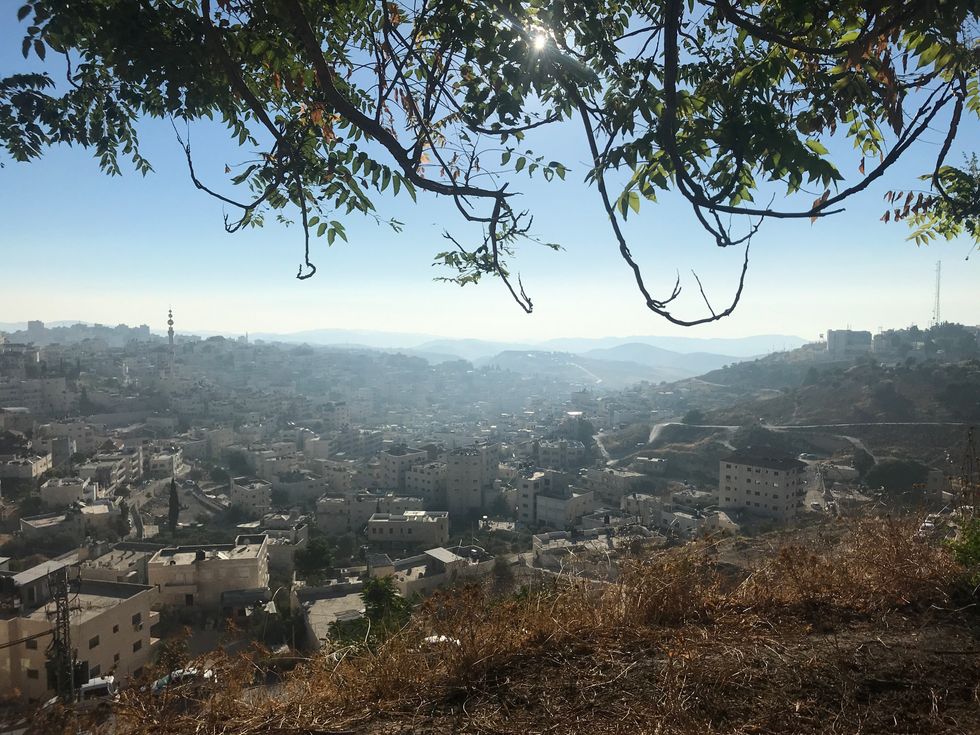

 women in street dancing
Photo by
women in street dancing
Photo by  man and woman standing in front of louver door
Photo by
man and woman standing in front of louver door
Photo by 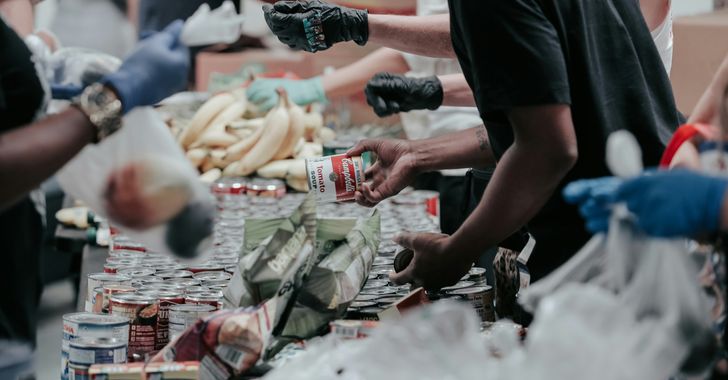 man in black t-shirt holding coca cola bottle
Photo by
man in black t-shirt holding coca cola bottle
Photo by 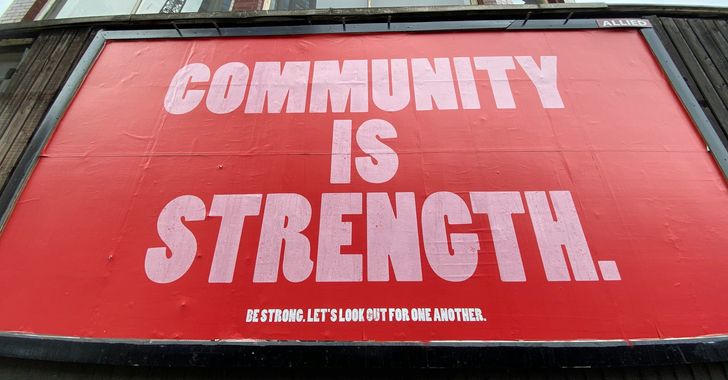 red and white coca cola signage
Photo by
red and white coca cola signage
Photo by  man holding luggage photo
Photo by
man holding luggage photo
Photo by  topless boy in blue denim jeans riding red bicycle during daytime
Photo by
topless boy in blue denim jeans riding red bicycle during daytime
Photo by  trust spelled with wooden letter blocks on a table
Photo by
trust spelled with wooden letter blocks on a table
Photo by 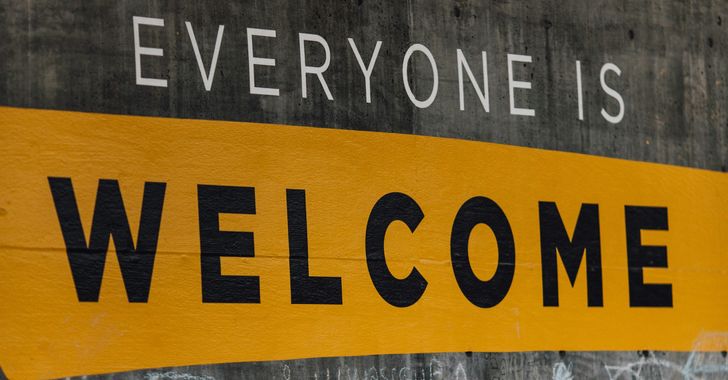 Everyone is Welcome signage
Photo by
Everyone is Welcome signage
Photo by  man with cap and background with red and pink wall l
Photo by
man with cap and background with red and pink wall l
Photo by  difficult roads lead to beautiful destinations desk decor
Photo by
difficult roads lead to beautiful destinations desk decor
Photo by  photography of woman pointing her finger near an man
Photo by
photography of woman pointing her finger near an man
Photo by  closeup photography of woman smiling
Photo by
closeup photography of woman smiling
Photo by  a man doing a trick on a skateboard
Photo by
a man doing a trick on a skateboard
Photo by  two men
two men  running man on bridge
Photo by
running man on bridge
Photo by  orange white and black bag
Photo by
orange white and black bag
Photo by  girl sitting on gray rocks
Photo by
girl sitting on gray rocks
Photo by  assorted-color painted wall with painting materials
Photo by
assorted-color painted wall with painting materials
Photo by  three women sitting on brown wooden bench
Photo by
three women sitting on brown wooden bench
Photo by 
 Photo by
Photo by  Photo by
Photo by  Photo by
Photo by  Photo by
Photo by 


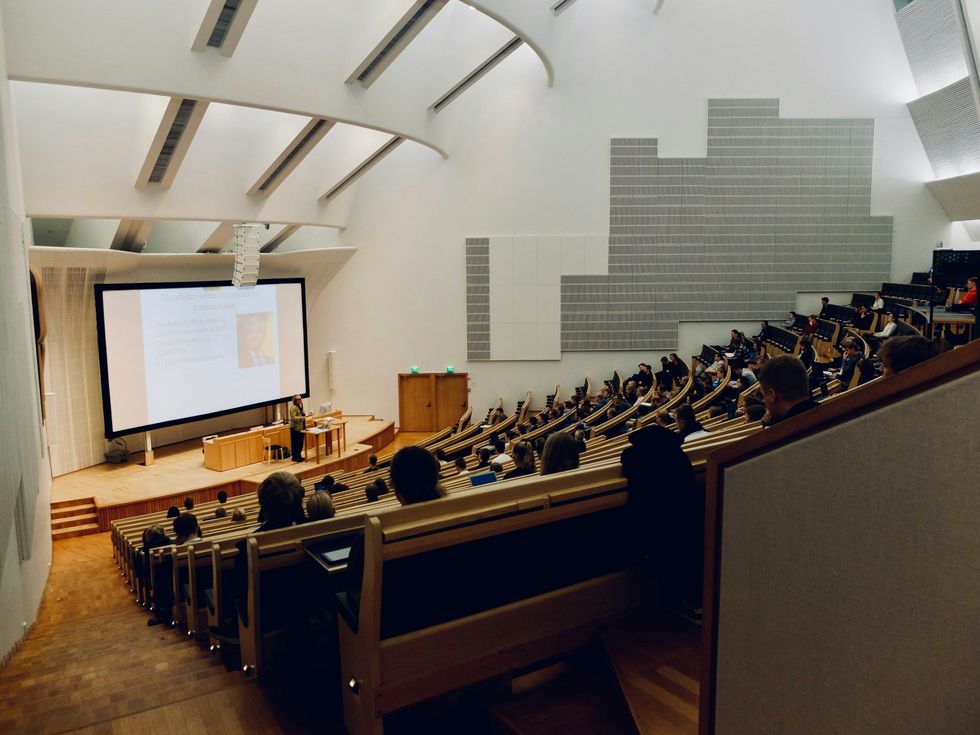 people sitting on chair in front of computer
people sitting on chair in front of computer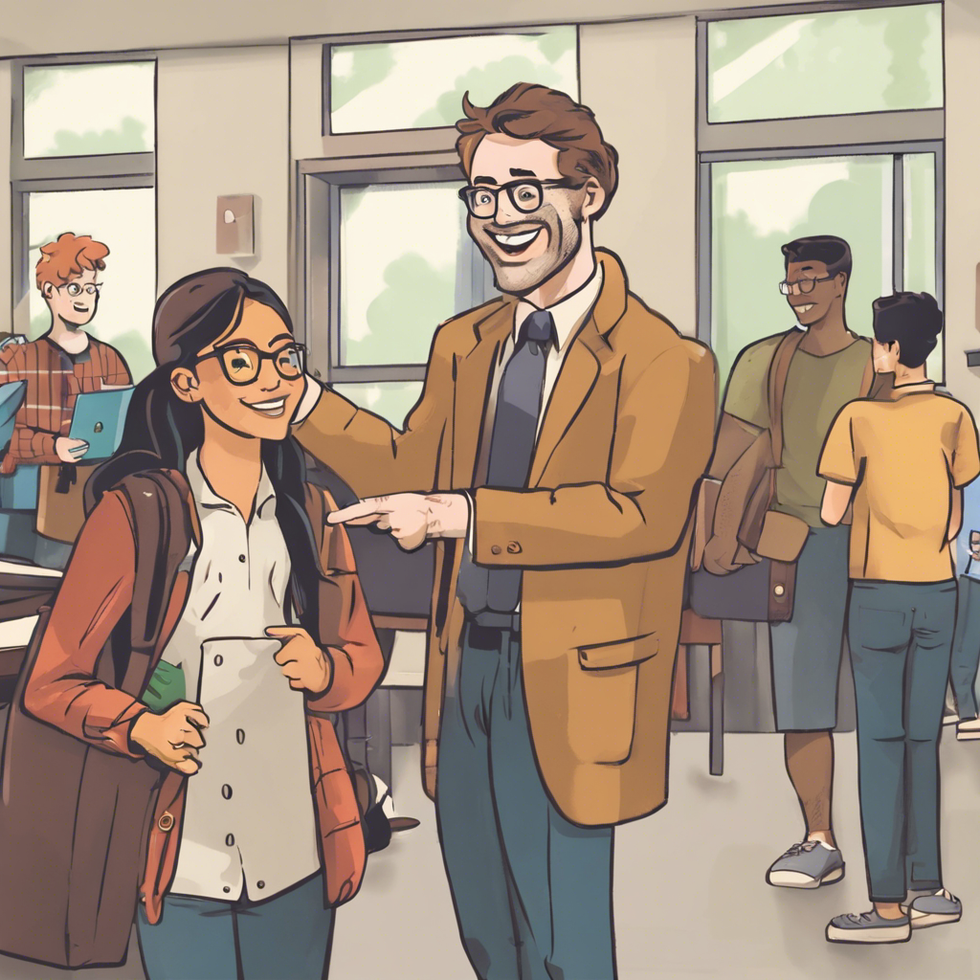

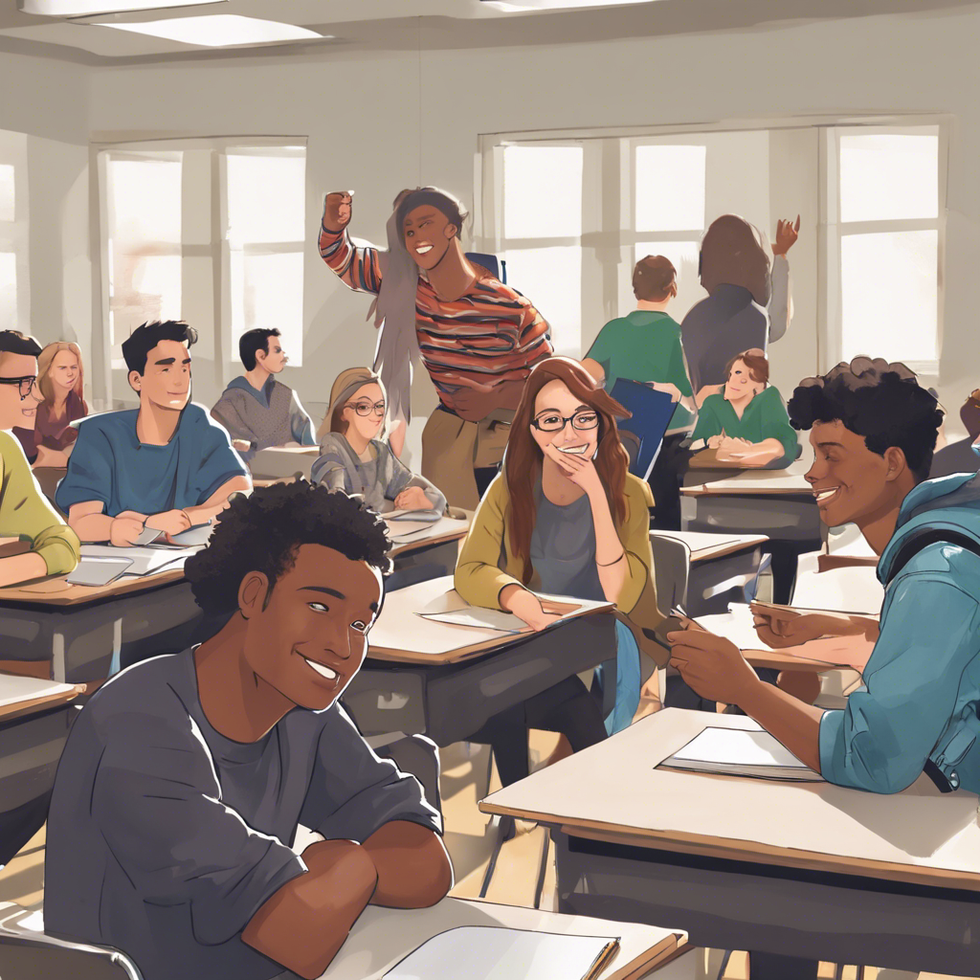

 all stars lol GIF by Lifetime
all stars lol GIF by Lifetime two women talking while looking at laptop computerPhoto by
two women talking while looking at laptop computerPhoto by  shallow focus photography of two boys doing wacky facesPhoto by
shallow focus photography of two boys doing wacky facesPhoto by  happy birthday balloons with happy birthday textPhoto by
happy birthday balloons with happy birthday textPhoto by 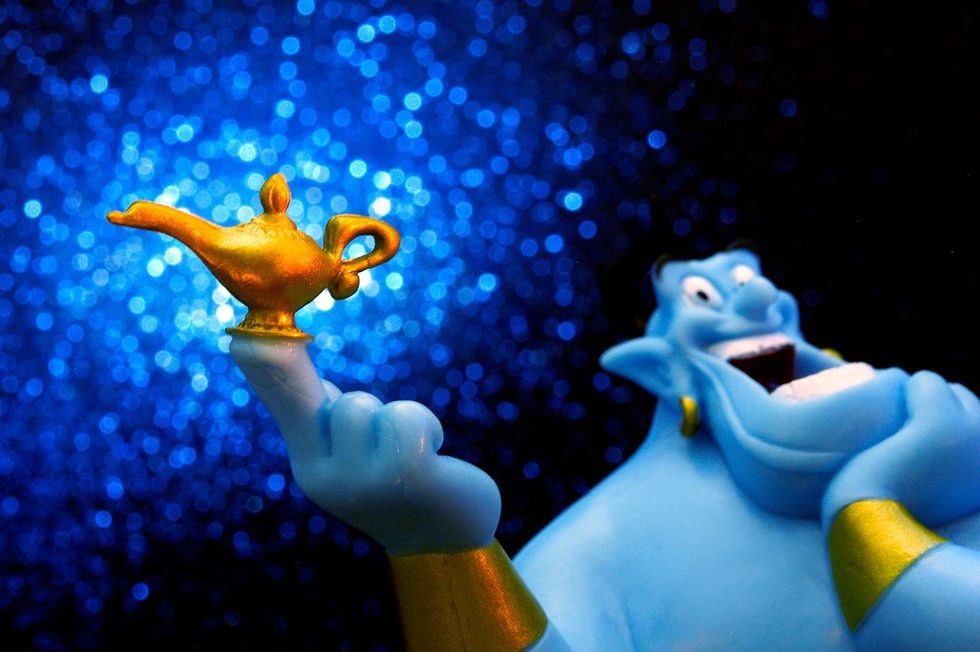 itty-bitty living space." | The Genie shows Aladdin how… | Flickr
itty-bitty living space." | The Genie shows Aladdin how… | Flickr shallow focus photography of dog and catPhoto by
shallow focus photography of dog and catPhoto by  yellow Volkswagen van on roadPhoto by
yellow Volkswagen van on roadPhoto by  orange i have a crush on you neon light signagePhoto by
orange i have a crush on you neon light signagePhoto by  5 Tattoos Artist That Will Make You Want A Tattoo
5 Tattoos Artist That Will Make You Want A Tattoo woman biting pencil while sitting on chair in front of computer during daytimePhoto by
woman biting pencil while sitting on chair in front of computer during daytimePhoto by  a scrabbled wooden block spelling the word prizePhoto by
a scrabbled wooden block spelling the word prizePhoto by 
 StableDiffusion
StableDiffusion
 StableDiffusion
StableDiffusion
 StableDiffusion
StableDiffusion









